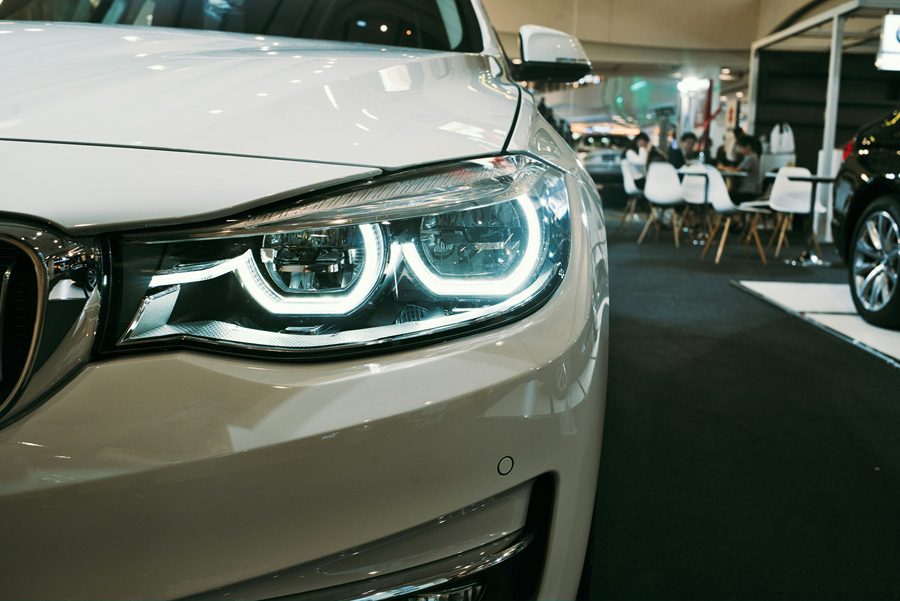Buying a car often means diving into the world of financing, and nothing shapes your monthly payments more than interest. Yet, many drivers overlook how this key element works, potentially costing them thousands over time. In 2025, with average new car loan rates hovering around 6.80% and used at 11.54%, understanding the mechanics can empower you to negotiate better terms or even leverage new tax breaks. Moreover, as economic shifts like potential Federal Reserve rate cuts influence lending, staying informed helps you make smarter choices. For instance, if you’re eyeing an electric vehicle, special incentives could slash your effective costs further. So, let’s break it down clearly, starting with the basics and moving into practical calculations that you can apply right away.

Understanding Car Loan Interest: The Fundamentals
Interest represents the lender’s fee for letting you borrow money, and on car loans, it typically accrues as simple interest rather than compounding like credit cards. This means you pay based on the outstanding balance, which shrinks with each payment. However, not all loans follow this model, and recognizing the differences can save you significantly.
Simple Interest vs. Precomputed Interest: Key Differences
Most lenders in 2025 favor simple interest loans because they offer flexibility for borrowers. Here, interest accrues daily or monthly on the current principal, so if you pay extra or settle early, you reduce future charges immediately. For example, on a $25,000 loan at 4% over 48 months, your first payment might include about $83 in interest, but by the end, that drops to just $2 as the principal dwindles.
On the other hand, precomputed interest—less common but still available from some dealers—calculates the total interest upfront and divides it evenly across payments. This frontloads costs, meaning extra payments don’t cut your interest as effectively. Consequently, if you plan to refinance or pay off ahead, you might end up owing more than necessary. Lenders benefit here, especially if you have lower credit, but you should avoid this type unless it’s your only option. Always check your loan agreement to confirm the type, as it directly impacts your long-term expenses.
Additionally, factors like your credit score play a pivotal role. In 2025, superprime borrowers (scores 781+) secure new car rates around 5.27%, while deep subprime (300-500) face 15.97%. Therefore, improving your score before applying can transform your deal.
Factors That Shape Your Car Loan Interest Rate
Several elements determine what rate you qualify for, and in today’s market, awareness of these can help you shop strategically. First, your credit history stands out as the biggest influencer, but other aspects matter too.
The Role of Credit Scores in 2025 Rates
Lenders assess risk through your credit score, and data from Experian shows stark differences. For new cars, prime borrowers (661-780) average 6.78%, but subprime (501-600) jump to 13.38%. Used vehicles see even wider gaps, with rates from 7.15% for top tiers to 21.58% for the lowest.
To illustrate, here’s a breakdown of average rates by credit score for October 2025:
| Credit Score Range | New Car APR | Used Car APR |
|---|---|---|
| 781+ (Superprime) | 5.27% | 7.15% |
| 661-780 (Prime) | 6.78% | 9.39% |
| 601-660 (Near Prime) | 9.97% | 13.95% |
| 501-600 (Subprime) | 13.38% | 18.90% |
| 300-500 (Deep Subprime) | 15.97% | 21.58% |
These figures highlight why you should review your credit report annually—fixing errors could drop your rate by points. Moreover, longer loan terms (like 68 months, the 2025 average) often carry slightly higher rates to offset extended risk, while larger down payments (aim for 20%) lower the principal and thus your interest burden.
Vehicle Type and Market Trends
New cars generally fetch lower rates than used ones due to their value retention, but electric vehicles (EVs) add a twist. In 2025, incentives like 0% APR financing from manufacturers (e.g., on models like the Kia Niro EV) or federal tax credits up to $7,500 make EVs more appealing. If you’re going green, these perks effectively reduce your interest equivalent, especially with state rebates layering on top.
Step-by-Step Guide: Calculating Interest on a Car Loan Manually
You don’t need advanced math to estimate your costs—armed with your loan details, you can crunch the numbers yourself. However, for precision, use an online calculator afterward to verify. Let’s walk through it using a realistic 2025 example: a $30,000 new car loan at 6.80% over 60 months.
Gather Your Loan Details
Start by noting:
- Principal: $30,000 (after down payment).
- Annual interest rate: 6.80% (convert to decimal: 0.068).
- Term: 60 months.
Calculate Monthly Interest
For simple interest, divide the annual rate by 12 for the monthly rate: 0.068 / 12 = 0.005667. Then, multiply by the current balance. For the first month: $30,000 × 0.005667 ≈ $170.
Determine Total Monthly Payment
Use the amortization formula for the full payment: Monthly Payment = P × (r × (1 + r)^n) / ((1 + r)^n – 1) Where P = principal, r = monthly rate, n = months. Plugging in: ≈ $591 (includes principal and interest).
Build an Amortization Schedule
Track how interest evolves. Here’s a sample table for the first few months:
| Month | Balance | Interest | Principal Paid | New Balance |
|---|---|---|---|---|
| 1 | $30,000 | $170 | $421 | $29,579 |
| 2 | $29,579 | $168 | $423 | $29,156 |
| 3 | $29,156 | $165 | $426 | $28,730 |
Over time, interest drops as principal shrinks. In total, you’d pay about $5,460 in interest. If you pay extra, recalculate based on the reduced balance to see savings.
Navigating Taxes on Car Loans in 2025
Taxes add another layer, but 2025 brings good news via the One Big Beautiful Bill Act. You can now deduct up to $10,000 in interest annually on qualifying loans— a game-changer for many. To qualify, the vehicle must be new, assembled in the U.S. (check VIN via NHTSA), and the loan originated after December 31, 2024. This above-the-line deduction applies even if you don’t itemize, but phases out above $100,000 AGI ($200,000 joint). Leases don’t count, and you must report the VIN on your return. Consequently, this could offset hundreds in taxes, making financing more attractive. Always consult a tax pro, as rules evolve.
For EVs, combine this with the $7,500 clean vehicle credit, but note it expires September 30, 2025—act fast for maximum benefits.
Tips to Minimize Your Interest Expenses
You hold more power than you think. First, shop multiple lenders—credit unions often beat banks with rates like Navy Federal’s 3.89% for short terms. Additionally, boost your down payment to cut the principal. If rates dip (as forecasted for late 2025), refinance promptly. For EVs, hunt manufacturer deals like Toyota’s 5.75% APR specials. Finally, maintain payments on time; even one late fee hikes costs.

- Compare at least three offers to spot the best rate.
- Opt for shorter terms if affordable—saves thousands in interest.
- Build credit pre-purchase for prime eligibility.
- Explore EV incentives for zero-interest promotions.
By following these, you turn a routine loan into a strategic win.
Frequently Asked Questions
How do I calculate car loan interest manually without a calculator?
Convert your annual rate to monthly, multiply by the balance for that period’s interest, then subtract from your payment to find principal reduction. Repeat monthly for accuracy.
Are car loan interest rates tax-deductible in 2025?
Yes, up to $10,000 annually under the new One Big Beautiful Bill Act for qualifying U.S.-assembled new vehicles, if the loan starts after 2024.
What’s the difference between interest rate and APR on car loans?
Interest rate is the base borrowing cost, while APR includes fees, giving the true annual expense—always compare APRs.
How does my credit score affect car loan rates?
Higher scores unlock lower rates; for example, 781+ gets 5.27% on new cars, versus 15.97% for 300-500.
Can I save on interest with an electric vehicle loan?
Absolutely—many 2025 deals offer 0% APR, plus federal credits up to $7,500, reducing effective costs dramatically.
In wrapping up, mastering how interest works on your car loan equips you to navigate 2025’s landscape with confidence. Whether calculating manually or claiming that fresh tax deduction, these insights ensure you drive away smarter. Remember, small adjustments—like a better rate or extra payment—compound into big savings over time.


